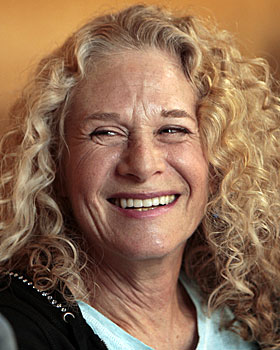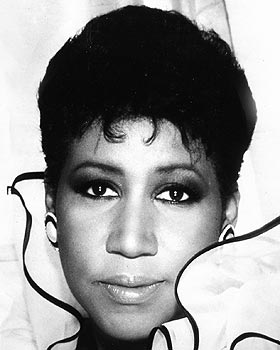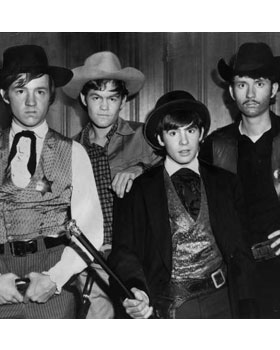Carole King
Carole King would warrant a star on the Hollywood Walk of Fame solely on the basis of her first round of musical success, as one of the many brilliant songwriters working in New York in the 1960s among the community known as the “Brill Building” group of songsmiths.
There, she and her co-writer and husband, Gerry Goffin, were responsible for a remarkable string of hits for a wide spectrum of performers, starting with the Shirelles, who took their song “Will You Love Me Tomorrow” to No. 1 in 1960, followed by Bobby Vee’s recording of “Take Good Care of My Baby,” the Chiffons’ “One Fine Day,” the Drifters’ “Up on the Roof,” Aretha Franklin’s “(You Make Me Feel Like) A Natural Woman” and the Monkees’ “Pleasant Valley Sunday” among 100 charted hits that emerged from their pens.
After she and Goffin divorced, King’s second wind as a singer-songwriter at the dawn of the 1970s yielded “Tapestry,” an album that was a massive commercial hit and a consensus critical favorite upon its release in 1971, spurred by the hit singles “It’s Too Late,” “So Far Away” and “I Feel the Earth Move.” That album also applied her own gentle, vulnerable voice to two of her signature ‘60s hits, “Will You Love Me Tomorrow” and “(You Make Me Feel Like) A Natural Woman.” “Tapestry” won the Grammy Award for album of the year for 1971.
In the ‘60s, King had channeled the spirit of teen romance, emerging independence and angst over impending adulthood; in the decade that followed, she tapped her generation’s deep-seated yearning for reassurance in a world that was shifting dramatically around it — politically, culturally and personally.
She released an album a year through the rest of the decade, with most of them reaching the Top 10, making her one of the most prominent and consistent presences in pop music of the era. Her close association with fellow singer-songwriter James Taylor played out on their recordings, and sometimes in their concerts as they toured together.
After spending much of the '90s and the first part of the new millennium out of the pop spotlight, she and Taylor reconnected in 2007 with well-received shows at the Troubadour in West Hollywood, where they’d performed together almost four decades earlier. That run of shows led to a large-scale arena tour in 2010 that was among the top-grossing tours of the year.
King was inducted into the Rock and Roll Hall of Fame in 1990.
Related stars
|




One thought about Carole King
Share a thought about Carole King